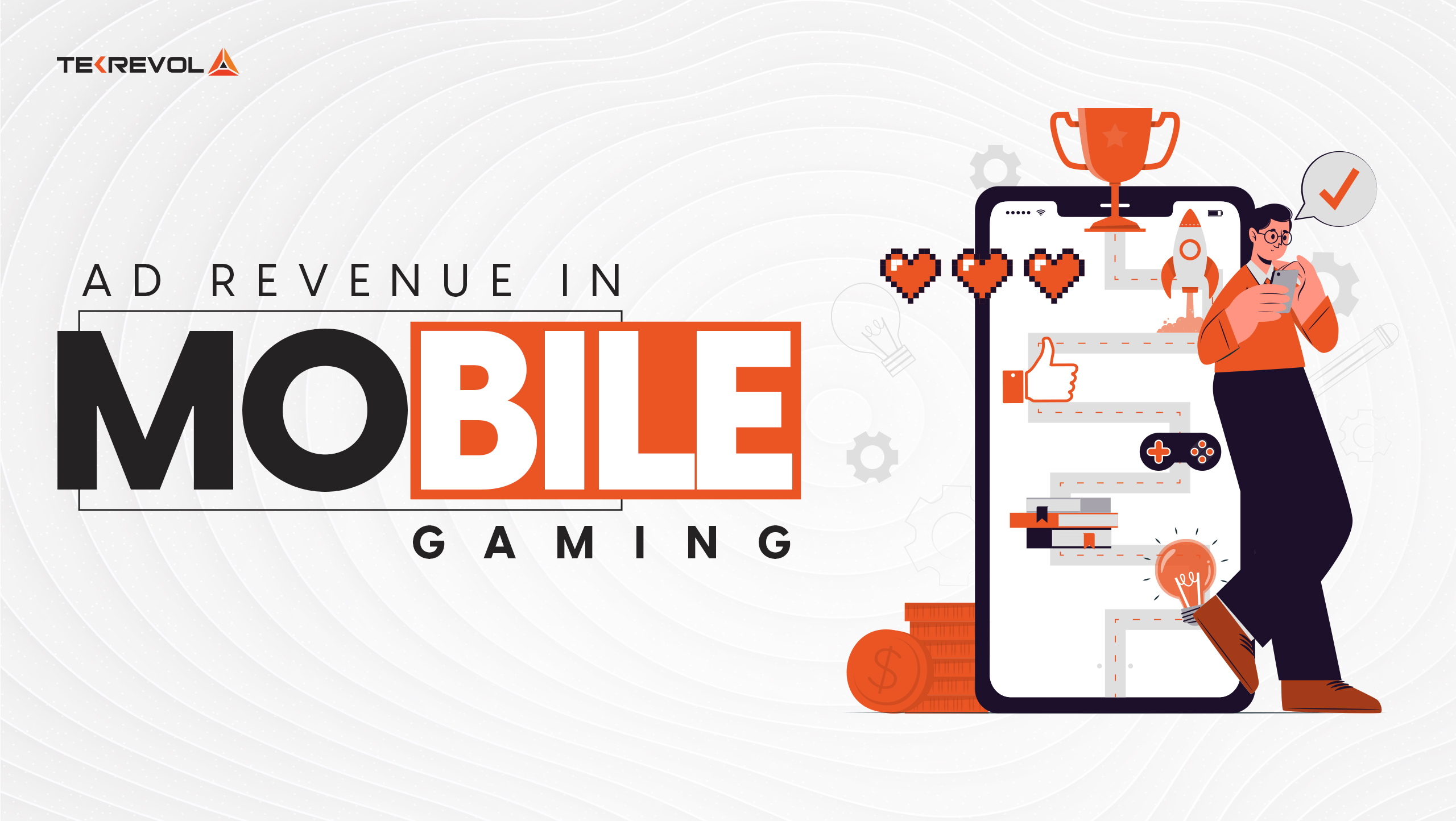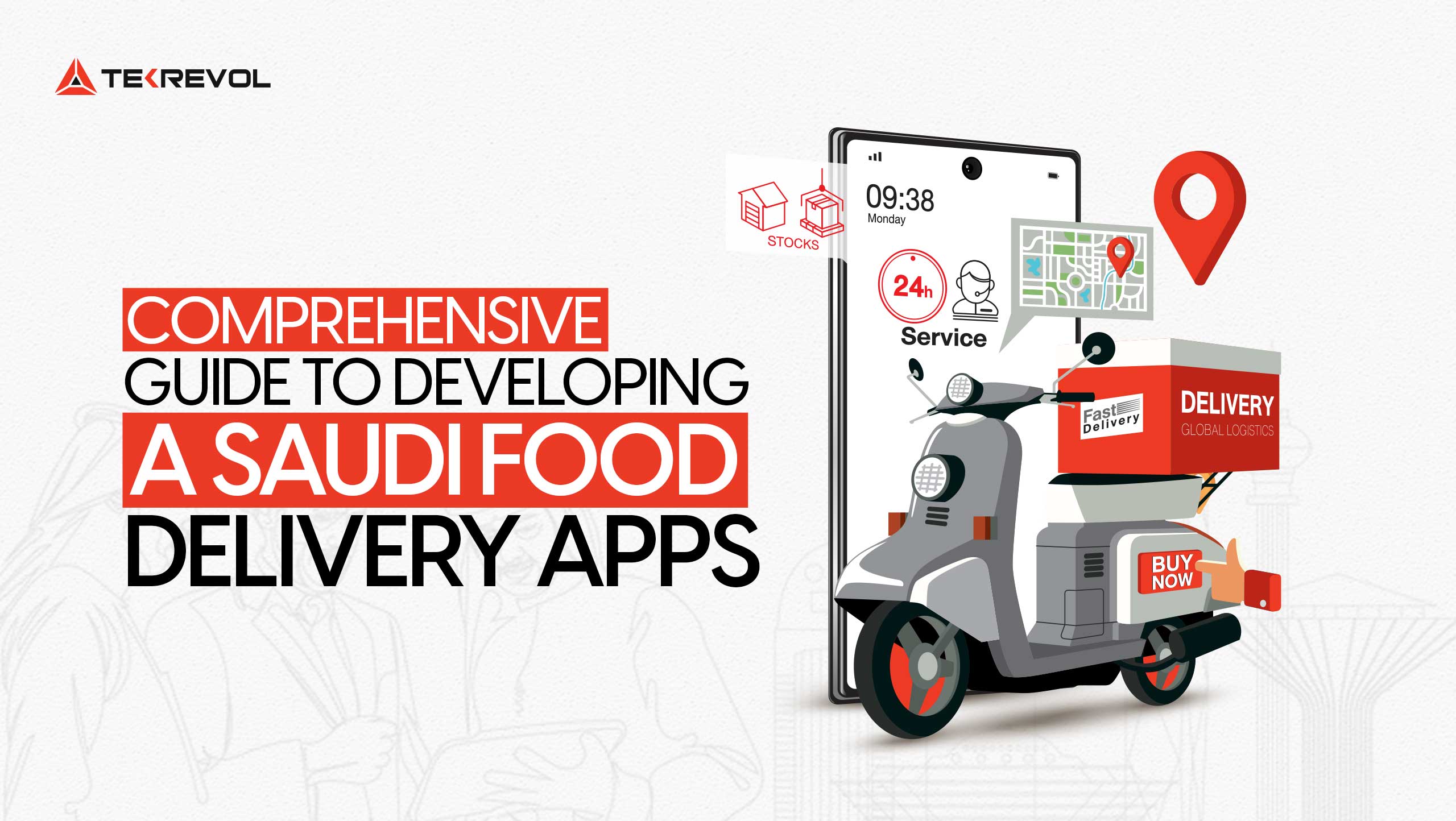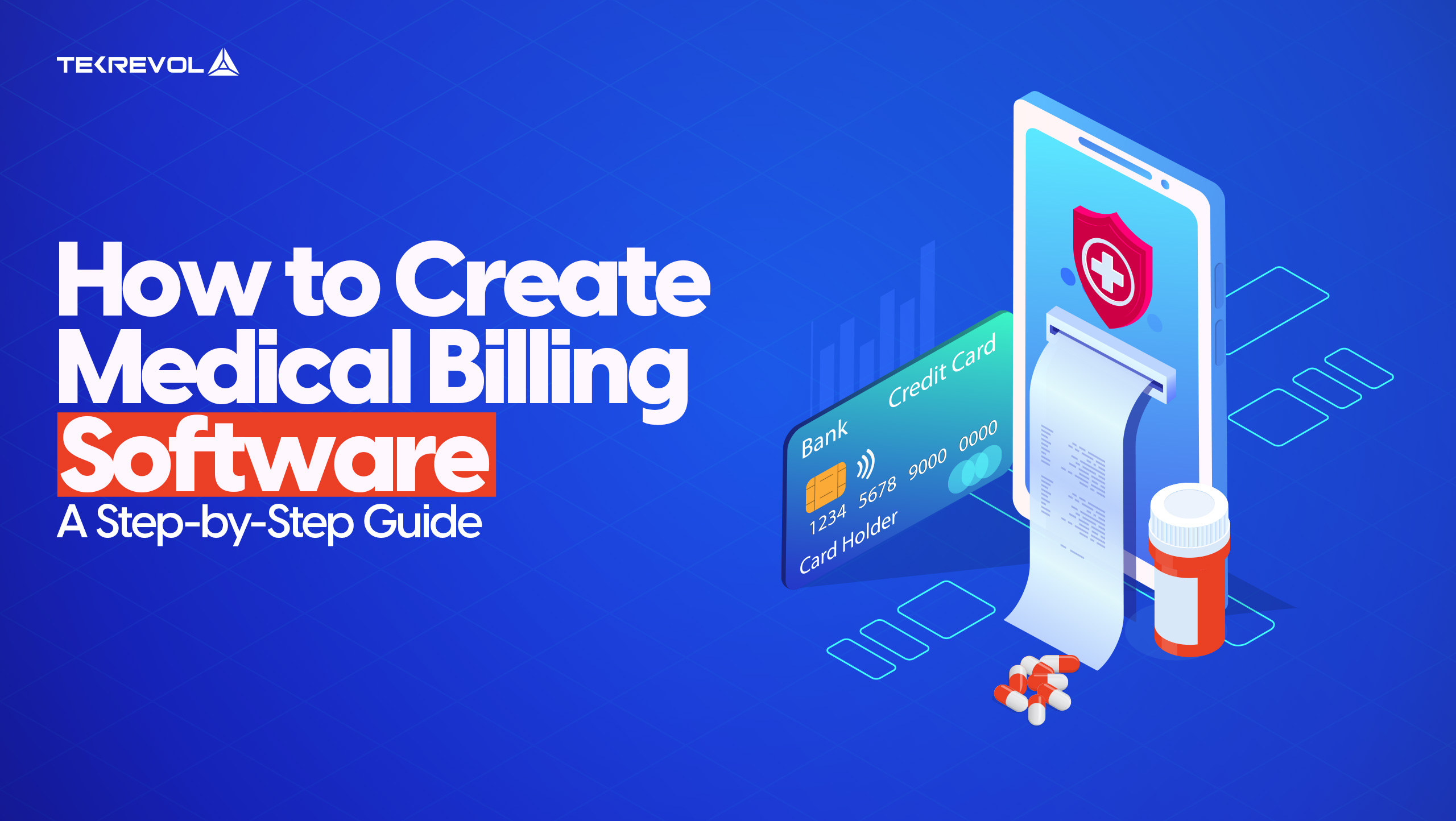Ad Revenue in Mobile Gaming – Earning Tips for Marketers
- Technology
- |

- On this page:
- What is Mobile Game Ad Revenue?
- How Much Do Mobile Games Make From Ads?
- What are the Types of Mobile Game Advertising?
- What are the Revenue Models in Mobile Gaming?
- What are The Common Abbreviations in Mobile Game Advertising?
- What are the Best Practices for Generating Ad Revenue?
- Bottom Line
Mobile gaming has experienced a significant transformation in recent years, evolving from a niche pastime into a worldwide industry powerhouse.
With millions of players spanning the globe and an ever-expanding array of games to explore, mobile gaming has not only revolutionized our leisure activities but also altered the way people earn money from their creations.
One prevalent method of income generation within this industry is through in-game advertising. This involves strategically inserting ads within games to generate revenue.
According to Oberlo, the projected expansion of the US mobile ad market in 2024 is estimated to increase by 11.1%, reaching $216.4 billion. Although there might be a slight slowdown in 2025, the spending is still anticipated to reach $235.7 billion, driven by an annual growth rate of 8.9%.
If you’re a marketer aiming to get into this thriving industry, there’s great potential ahead. You simply need a trusted mobile app development company that can aid you in crafting and monetizing a gaming app.
This collaboration can optimize your earnings and provide users with an immersive gaming experience. Given the mobile gaming industry’s continuous growth, venturing into this space can be a highly profitable venture.
In this article, we’ll look closer at the primary revenue streams that fuel the gaming industry, the revenue models, the metrics, and the best practices for generating ad revenue.
So without further ado, let’s get started!
What is Mobile Game Ad Revenue?
Mobile game ad revenue refers to the income mobile game developers and publishers generate through advertisements shown within their mobile games.
Many mobile games are offered for free or as freemium choices (you can play for free but with in-app purchases) to appeal to a broad player base. Game developers make money from these games by using various advertising methods.
Simply put, mobile game ad revenue refers to the total monetary value obtained from various advertising channels embedded within the game application.
This means you can also start earning from mobile games if you partner up with a trusted game app development company that can take care of your development tasks.
But how much do games make from ads? To get your answer to this, you’ll need to head over to the next section for the details.
- Looking For A Partner To Transform Your Game Idea Into A Profitable Reality?
- Get Expert Game Development and Monetization Support from TekRevol!
How Much Do Mobile Games Make From Ads?
Mobile game apps can generate average earnings ranging between $10 and $200 per day through advertisements. And that’s a conservative estimate for an app with only 1,000 active users.
Nonetheless, the journey to attaining revenue through ads is marked by poor-quality ads, displeased users, and ineffective strategies for monetization.
To determine the individual-level earnings of mobile games from ads, you’ll need the mobile game ad revenue calculator.
Simply divide the overall earnings by the complete count of ad impressions. This quotient is then multiplied by 1,000. The outcome presents the game’s comprehensive ad revenue, also known as the eCPM value.
(Overall Earning / Complete Count of Ad Impressions) x 100
And don’t worry about the game app development cost, here is TekRevol’s calculator that will help you with an estimate for your game development project.
- No More Guesswork For Your Game Development Cost.
- Calculate Your Game App Estimate With TekRevol's Handy Tool.
What are the Types of Mobile Game Advertising?

Mobile game advertising encompasses various types of ad formats designed to engage players while generating revenue.
How much can you make from ads on an app can be defined by the type of mobile game advertising you’ve implemented. Here are some types of mobile game advertising:
Banners Ads
Banner ads are a type of graphical advertisement displayed within mobile apps, websites, or other digital platforms.
They’re known as “banner” ads because they usually show up as rectangular banners on the top, bottom, or sides of your screen.
The idea behind these ads is to grab your attention without disrupting your overall experience.
You’ll come across banner ads in a range of digital settings, including mobile apps, mobile websites, and regular websites.
While they’ve been around for a while and are quite familiar, how effective they are depends on where they’re placed, how they look, and how relevant they are to you.
Pros
- Banners have a continuous presence in the game, with different ones rotating at specific intervals.
- Mobile game developers consider their presence during app design, making them unobtrusive.
- Creating and maintaining banners costs significantly less than other advertising approaches.
- They can be seamlessly integrated with other advertising techniques.
Cons
- Banners occupy a predetermined space on the page and don’t demand player interaction, making them prone to being overlooked.
- Consequently, they exhibit notably lower clickthrough rates compared to alternative methods.
How Much Money Do Mobile Games Make Per Ad For This Type Of Ads?
In the United States, banner ads typically maintain eCPM rates of approximately $0.38 on iOS and around $0.52 on Android platforms.
Interstitial Ads
Interstitial ads are a type of full-screen advertisement that appears at natural breaks in a mobile app’s content or user experience.
They are designed to capture the user’s full attention due to their larger size and immersive nature.
Interstitial ads often cover the entire screen by temporarily interrupting the user’s interaction with the app before they can proceed to the next stage or screen.
Pros
- Interstitial advertisements are easily shown during opportune pauses in the game’s progression.
Cons
- Although the majority of players tolerate interstitial ads, perfecting them poses the greatest challenge due to their potential for significant disruption when not used appropriately.
How Much Do Mobile Game Ads Pay For This Type?
In the United States, interstitial ad eCPM rates vary from approximately $9.64 on iOS to around $10.11 on Android.
Playable Ads
Playable ads are a type of interactive advertising format commonly used in mobile games and apps.
Instead of being static or video-based like traditional ads, playable ads allow users to engage with a miniature version of the advertised game or app for a short period.
You can engage with the ad by trying out a short interactive demo of the game or app’s main features. These demos usually only take a few seconds to a minute to play around with.
Pros
- Because these ads provide a more interactive experience, they usually perform better than interstitial ads in terms of performance.
- Playable ads attract a superior caliber of users compared to other forms of mobile advertising.
Cons
- Advertisers perceive them as more risky because of the expenses associated with their creation.
How Much Money Do Mobile Games Make From This Type Of Ads?
On average, the cost per install (CPI) rates for playable ads typically hover around $1.98.
Rewarded Ads
Rewarded ads offer users an incentive, such as in-app currency, power-ups, extra lives, or access to premium content, in exchange for engaging with the ad content.
Typically, users are given the option to watch a rewarded ad voluntarily, and after watching it, they receive the promised reward within the app or game.
These ads are often used as a way to monetize free apps and games while providing value to users by allowing them to enhance their experience or progress more quickly.
Pros
- Players greatly appreciate rewarded ads as they allow them to interact with them on their own conditions or at their own discretion.
- As players opt to participate in them willingly, rewarded ads frequently achieve impressive completion and clickthrough rates.
Cons
- Players typically prioritize the reward over the actual content of the ad, leading some of them to potentially disregard the ad while it’s playing.
How Much Money Do Mobile Games Make From Ads Of This Type?
In the United States, rewarded ads exhibit notably high eCPM rates, reaching $14.16 on iOS and $11.45 on Android.
Offerwall
Offerwalls, much like rewarded ads, motivate users to interact with advertising material by offering incentives.
They display a dedicated page featuring a catalog of various achievable tasks, such as downloading other mobile games, participating in surveys, trying out trial services, or making purchases.
Given that these tasks demand more time and effort, offerwalls often yield higher-quality rewards compared to rewarded ads.
Pros
- Offerwalls offer appealing rewards, which is why players who wish to obtain these items without making in-app purchases often actively search for them.
- They serve as a seamless connection between freely accessible content and premium in-app purchases, offering players a glimpse of the premium content and increasing the likelihood of future in-app purchases.
Cons
- Since obtaining rewards through offerwalls demands a higher level of effort compared to rewarded ads, the level of engagement with offerwalls tends to be lower.
- Apple has placed limitations on offerwalls, preventing them from featuring engagement-based offers on iOS.
How Much Money Do Ads On Apps Make For This Type?
Among all advertising methods, offerwalls yield the highest eCPM rates, ranging from $240 to $1,670 on Android, contingent on the specific app genre.
Moving on, let’s delve into the revenue models of mobile gaming and learn how much apps earn from ads for different revenue models.
- Dreaming Of Game Success?
- Unleash The Full Potential Of Your Game With TekRevol's Game Development Expertise.
What are the Revenue Models in Mobile Gaming?
There are several revenue models commonly used in the mobile gaming industry to generate income from mobile games.
So how much money do ads make from different revenue models? Here are some of the primary revenue models that can help you make money with mobile games:
Freemium
The freemium revenue model is a commonly used strategy in mobile gaming. It means that you can download and start playing the game for free. But to make money, the developers offer extra stuff like content, features, or virtual items that you can buy while you’re playing the game.
Premium
In the premium revenue model, you pay a flat fee upfront to download and play a mobile game.
Unlike free-to-play games, premium games don’t bother you with in-app ads or the need to buy stuff while playing. You pay once, and you get the entire game experience without any extra costs.
In-Game Advertising (IGA)
The in-game advertising (IGA) model involves integrating different kinds of ads right into the gameplay. These ads are made not to bug you while you’re playing and usually just fit right into the game world.
These in-game ads can show up in various ways, like banners, videos, or full-screen ads. They’re a clever way to make money without asking your players to spend their own cash.
It’s really important to think about including in-game ads in your plan to make money. It’s all about getting the most out of players who haven’t spent money on the game yet.
In-App Purchases (IAP)
The in-app purchases (IAP) model is a monetization strategy where players can use real money to buy stuff like virtual items, coins, or special powers in the game. This model is common in games that are free to download and play.
Now, if you’re making a mobile game and want to use this money-making strategy, you can easily get help from an Android or iPhone App development company. They can assist you in implementing it successfully.
- Start Your Game's Journey Towards Financial Success.
- TekRevol Is Your Dedicated Partner In Making That Happen.
What are The Common Abbreviations in Mobile Game Advertising?
When it comes to advertising in mobile games, you’ll frequently encounter a bunch of acronyms that people use.
Here are some of the common ones:
CPM
CPM, which stands for Cost Per Mille (Thousand Impressions), is a metric to measure how much it costs for a thousand people to see an ad. It represents the cost an advertiser pays for the ad to be displayed a thousand times, regardless of whether users interact with it.
CPI
CPI or Cost Per Install is a metric that measures the cost of acquiring a new user or customer who installs a mobile app. Advertisers pay for each successful app installation resulting from their advertising campaign.
CPC
CPC or Cost Per Click is a metric that measures the cost an advertiser pays for each click on their advertisement. Advertisers pay for the ads when people interact with them, like clicking to go to a website or doing something else that the ad wants them to do.
CPA
CPA, which stands for Cost Per Action (or Acquisition), is a metric that figures out how much it costs for an advertiser when someone takes a certain action, like buying something, filling out a form, or subscribing to a newsletter. Advertisers are charged only when users complete the specified action.
ROAS
ROAS or Return On Ad Spend is a performance metric that evaluates the effectiveness of advertising campaigns by measuring the revenue generated compared to the advertising costs.
It’s typically expressed as a ratio or percentage, such as “5:1” or “500%” indicating that for every $1 spent on advertising, the campaign generated $5 in revenue.
ROAS helps advertisers assess the profitability of their advertising efforts.
What are the Best Practices for Generating Ad Revenue?

Generating ad revenue requires a strategic approach that balances monetization with user experience.
Here are some best practices for generating ad revenue effectively:
1. Choose the Right Ad Formats
Select ad formats that align with your app or game and enhance the user experience. Common formats include banner ads, interstitial ads, rewarded ads, and native ads.
2. Implement Ad Mediation
Use ad mediation platforms to maximize fill rates and eCPMs by accessing multiple ad networks and demand sources. This helps you find the best-performing ads for your audience.
3. Ad Placement Matters
Carefully place ads in non-intrusive locations. Consider natural breaks in gameplay or transitions between levels to display interstitial or rewarded ads.
4. Frequency Capping
Implement frequency capping to limit the number of ads users see in a given time frame to prevent ad fatigue and irritation.
5. Ad Relevance and Targeting
Ensure that ads are relevant to your audience. Use user data to target ads effectively which can enhance engagement and click-through rates.
6. Ad Creatives
Create visually appealing and engaging ad creatives. High-quality images, videos, and compelling ad copy can significantly impact click-through rates and user engagement.
7. Rewarded Ads
Implement rewarded ads strategically. These ads provide value to users and can lead to higher engagement and user retention.
8. Ad Load Times
Optimize ad load times to minimize any impact on the user experience. Slow-loading ads can frustrate users and reduce retention.
9. Compliance with Regulations
Stay up-to-date with privacy regulations, such as GDPR and CCPA, and ensure your ad practices comply with these rules.
10. Diversify Revenue Streams
Don’t rely solely on ads for revenue. Explore other monetization options like in-app purchases, subscriptions, or premium versions of your app.
11. Optimize User Engagement
Focus on keeping users engaged with your app or game through regular updates, new content, and community-building features.
Bottom Line
As we’ve seen, the future looks bright for the US mobile ad market, with projections pointing to substantial revenue growth.
This underscores the strength and promise of in-game advertising as a revenue source, even in the face of changing market conditions.
As mobile gaming keeps evolving, so will the methods for boosting ad revenue.
Developers will have to find the right balance between making money and ensuring gamers have a great experience.
Ultimately, the financial success of mobile games through ads hinges on delivering content and ads that truly connect with the discerning gaming audience.
As an on-demand app development company with vast experience in game development and monetization methods, TekRevol can help you achieve your revenue goals by developing your dream game project.
And now, if you’re ready to turn your app vision into a living, breathing masterpiece, just give that “Let’s Make Magic” button below a cheeky little click – because in the tech world, the best way to predict the future is to create it!
- Ready to Monetize Your Game And Boost Ad Revenue?
- Partner with TekRevol, Your Trusted Game Development Experts!
Frequently Asked Questions:
How Much Do Mobile Games Make Per Ad?
Mobile games can make anywhere from $10 to $200 per day on average through ad revenue.
This estimation for games with ads is on the cautious side, considering an app with just 1,000 active users.
Nevertheless, the journey towards earning income from ads can be challenging due to the presence of low-quality advertisements, irritated users, and ineffective monetization approaches.
Is It Possible To Earn $100 A Day From Ads In Mobile Games?
Yes, It is definitely possible to earn $100 a day from ads in mobile games.
However, achieving this goal demands commitment and diligent effort to generate the required income.
It’s essential to pinpoint a mobile game with robust user engagement and plenty of ad space for maximum visibility.
How Much Does Ad Revenue Pay On Mobile Games?
The average revenue generated per view for rewarded video ads stands at $0.02 in the United States.
Meanwhile, interstitial ads yield an average revenue of $0.16 per completion, and offerwall ads generate an average of $2.50 per completion.
How Much Is A 30-Second Ad Worth?
The cost to broadcast a 30-second commercial on network television averages just under $105,000.
This expense fluctuates primarily based on factors such as your selected broadcast region (regional versus national), the time slot (prime-time slots commanding higher rates), and the duration of your commercial.
How Much Do Mobile Games Spend On Advertising?
Data.ai’s recent report on mobile games presents some staggering figures, including over 90 billion new game downloads, consumers investing $110 billion in mobile games, and a substantial $336 billion allocated to advertising expenditure within the mobile gaming industry.
Author : Hammal F.
Hammal is a seasoned copywriter and a content specialist with significant experience in the field. He has a knack for crafting persuasive and impactful content that can drive engagement and achieve marketing results. Apart from his professional endeavors, Hammal enjoys quality music occasionally, finding solace and inspiration in its melodies. He believes that a well-curated playlist can serve as the perfect backdrop for creativity and productivity.
Come meet us at a location near you!
 USA
USA
39899 Balentine Drive,
Newark, CA 94560
1301 Fannin St #2440,
Houston, TX 77002
501 E Las Olas Blvd Suite
230, Fort Lauderdale, FL
44 Tehama St, CA 94105, San Francisco
400 NW 26th St, FL 33127, Miami
740 15th St NW 8th Floor, DC 20005, Washington
 CANADA
CANADA
4915 54 St 3rd Floor
Red Deer, ABT T4N 2G7
 UAE
UAE
Level 5, One JLT Tower 1 - Jumeirah Lakes Towers - Dubai, United Arab Emirates
Level 17, World Trade Center, Khalifa Bin Zayed the First Street, Abu Dhabi
Level 22 , West Tower, Bahrain Financial Harbour, Manama, Bahrain
Level 22, Tornado Tower, West Bay, Doha, Qatar
 PAKISTAN
PAKISTAN
3/25, Block 5, Gulshan-e-Iqbal,
Karachi, Sindh 75650




Let’s get in touch!
Let’s discuss your project and find out what we can do to provide value.
I am interested in discussing my ideas with you for
COPYRIGHT 2024 TEKREVOL ALL RIGHTS RESERVED.





